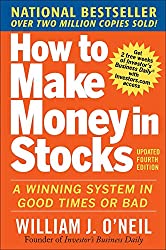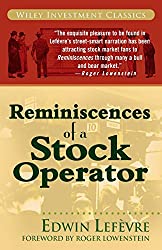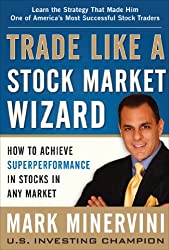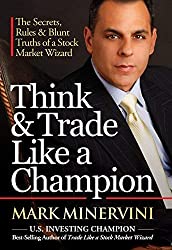The big money is not in the buying or selling, but in the waiting.
Charlie Munger
Given how quickly TSLA can move, in both directions, at this point I’m more comfortable with swing trades over a position trade. With that said, had I purchased TSLA in the $100-$200 range, I’d probably have a completely different perspective.
All the details of my swing trades are shown in the image that follows:
Continue readingOne aspect I really appreciate of charting apps that offer custom coding capabilities is that you can present information visually that typically is not shown in that manner. For example with a few lines of thinkscript code you can plot a line graph of quarterly EPS in thinkorswim.
What follows is a screenshot of the line graph I wrote in less than 30 lines of code. The red and green dots represent the quarterly earnings, indicating if the current results were up/down from the previous report. I also appended at the bottom of the image the optional EPS bubble.
Continue readingThe Nasdaq has been on a steady decline since last Thursday (9/3/2020). Today the Nasdaq officially closed below both the 50-day and the 10-week moving averages.
How about a screen looking for stocks bucking the trend? This screen focuses on:
- RS Line at new high (intra-day)
- Price over $20
- Average daily dollar volume over $50M
- Closing range > 50%
- Composite rating > 85
One very helpful gauge within MarketSmith is the RS Line, which represents a stock’s performance versus the S&P 500. As growth traders, we look for an upward trending RS Line.
In addition to MarketSmith, I also use thinkorswim, as I can write scripts to customize the charts, do back-testing and otherwise tinker with the UI. I thought it might be a nice addition to my workspace to show an RS Line indicator.
Continue readingA position size calculator can help you focus on fundamental and technical analysis without getting bogged down in repetitive tasks such as determining the number of shares to buy and the resulting position size. Let me explain.
Before I enter a trade, there are a few things I always know up front: how much I am willing to risk as a percent of my equity, where my original stop will be set, and my first target to consider taking profit (full or partial).
As far as a stop, based on my research of previous chart patterns as well as my own trades, I often find that a break of a moving average is a good place to consider a stop.
Continue reading© 2020 PlayTheTrade.com



